Lynn Levine grew up in Brooklyn, New York, where she attended Midwood High School, then Brooklyn College. At the latter, she earned a degree in childhood education, because, she said, there was an understanding that “all Jewish girls had to be elementary school teachers.” But then she discovered trees – and skiing and camping and the woods of Vermont. She went back to school to study forestry, becoming the first female consulting forester in the Northeast. She’s also remained an educator, leading woods-related workshops and authoring both field guides and children’s books, all published by her own Heartwood Press.
My story of being a forester begins in my junior year in college. I was really intrigued by the outdoor world at that point. I took a bus to New Paltz, New York, to this community there near a rock formation along a stream. I spent a few weeks there. One of the guys was teaching me about nature. One day, we were walking and he looked down and said, “That’s a sassafras tree.” And I said, “I didn’t know that trees had names.” From that moment on, I became passionate about trees.
Stress has played an important part in my life. From Brooklyn College I got a job at a school. Within a month of teaching kids, I became severely depressed. This wonderful woman, one of my professors at Brooklyn College, paid for me to take an aptitude test to find out what my strengths and weaknesses were. It turned out that what I was really good at was creativity. That changed my self-esteem and has carried me through the rest of my life.
Eventually, I decided I didn’t want to live in Brooklyn anymore. There was a back-to-the-land movement happening – people moving from the city to rural areas. When I decided to live in Vermont, I took a really big state map, closed my eyes, and my finger landed on a spot. That’s how I ended up in Brattleboro. Within a year, I met my husband, Cliff. We fell in love at first sight. He was living in Massachusetts, so we wound up living together in Bernardston for several years.
I applied to the UMass forestry school, because I was in love with trees. I didn’t know then that forestry had anything to do with cutting trees – or that you can manage the forest and not destroy it by harvesting trees. Because forest professionals were denying that the woods looked crappy after a harvest, I chose to study the effects of harvesting on aesthetics. I eventually discovered that when harvesting was carefully done, the unattractive after-effects turned out to be relatively short-lived. I picked up on that as something to talk about with landowners – what happens in a harvest and managing for aesthetics.
Once I graduated, I started my own business as a consulting forester. The landowners who tended to choose me as their forester were people who did not prioritize earning money as their objective. Instead, their greatest interest was to care for the forest for the long term and to harvest in a way that reduced the length of time before it returned to being the forest they loved to walk through. Over the next 41 years, I had a wonderful career and developed close relationships with many of my landowners.
One big forest issue in much of New England is that there are too many deer, and the regeneration of our forests is just not happening because of them. A deer eats 17 pounds a day of fresh twigs. I spent a lot of time pushing the Vermont Fish & Wildlife Department to acknowledge that there are too many deer, and they were not accepting that – until the data showed that the deer were less healthy and that their antlers were smaller than in the past. For decades, foresters have been saying that there’s not much new growth other than black birch and beech on the forest floor due to the overabundance of deer. When I walk through the woods, I often see these really big openings, and I’m not seeing acceptable regeneration. Often those openings become filled with invasive plants. We’re the only state in the country that does not allow rifle hunting of antlerless deer. That means it’s hard to keep the population down. I am working with a former Vermont legislator, looking at the issue of how we can encourage increased hunting.
One day, I woke up and decided that I was done, that 41 years of being a forester was enough. I sold and transferred my business three years ago to a wonderful young man, Andrew Morrison, who shares my professional values and ethics. My primary goal was to ensure that my clients would be well cared for by my successor. At the time I retired as a forester, I had 150 clients, and all the feedback that I have been given is that they are all very happy with Andrew as their new forester.
While my husband and I were living in Massachusetts, several of us decided we wanted to search for land together as a group. We joined with other people and eventually found a 78-acre piece of property in Dummerston, Vermont. We bought the property and subdivided it, and now there are nine households. Our core group of seven households met for about two years and worked with facilitators so we could decide how to divide land, how to navigate the permitting process, and how to pay for the upkeep of the common road.
When we moved here, more than 40 years ago, this land was all woods. The first time we came here, we walked down over a hill, and there was this stand of sugar maple trees, and I just felt like this was home. That’s why we built here. And, about ten years ago, we cleared a view toward Dummerston Center in the distance. Around my house are all these really special trees. To the west is a huge beech tree covered with foliose lichen, which looks like leaves covering it. Though almost all beech trees develop beech scale disease, this one is healthy. Nearby are two “lover trees,” an enormous oak and a beech that are “hugging” each other at the base. And very near them is a black birch tree with three stems that are literally braided together. Finally, there’s a stand of sugar maple trees. These trees are a source of daily joy.
When you’re a forester you’re trained to look up at the trees to assess how healthy they are. One day, probably 10 years into being a forester, I looked down and I noticed tracks on the ground. I asked the logger I was with what the tracks were, and he told me that they were fisher tracks. That’s the moment I decided to learn about animal tracking. I started taking courses, reading, and practicing my newfound skill. There’s nothing more exciting than walking in the woods, and the next thing you know you see the tracks of a bobcat. It just gets you going.
For many years, I ran a program at Mount Snow teaching tracking and how to call in owls on moonlit nights in the woods. Another woman, Martha Mitchell, and I taught tracking skills to a group of elementary school teachers. Together, and we created a mock-up tracking book based on other books, but we used life-sized tracks. The teachers loved having life-sized tracks that they could share with kids. It’s really hard to have a little picture and say, “This is a bear track.” In response to this experience, we created Mammal Tracks and Scat: Life-sized Tracking Guide. We have sold over 25,000 copies.
I also fell in love with ferns – because of the maidenhair fern. It’s this incredibly beautiful fern. And where there’s an abundance of maidenhair ferns growing, it’s an indicator of a really great growing place for trees and many spring wildflowers. They require calcium-rich soil, and so do trees. If I see a maidenhair fern, I get really excited.
When I wrote forest management plans for my clients, I composed them so they were not just about trees. The plans were very broad and included whatever birds I heard, whatever flowers I saw, the ferns I found, and other details. I included pictures in the plan of all of these special observations. When I would try to identify the ferns I had seen, the books I used were always overly complex. I decided to write Identifying Ferns the Easy Way: A Pocket Guide to Common Ferns of the Northeast. It took four years to research and write the book – to make it simple. Just like with the tracking book, to create something clear and simple requires much more time.
One of the positive changes I see happening is the acknowledgement in so many places that we are on the lands of Native peoples – and honoring their connection to the land. I’ve created 12 nature trails. The most recent one is along the West River Trail in Brattleboro, where we honor the Abenaki. We incorporated QR codes onto the trail signs. This allows people to hear the correct pronunciation in the Abenaki language (spoken by Rich Holschuh, a local Native American historian).
For decades, I’ve led workshops on tracking, looking at ferns, tree identification. Recently, I’ve developed a Forest Immersion workshop, sponsored by Vermont Woodlands Association, which focuses on sensory awareness. We walk in the woods in silence. Participants go out on their own and use their touch to just feel the forest. Then they experience the forest through their sense of smell. I have created a simple tool to record a map of where and what sounds they hear. (For safety reasons, I don’t use taste.) At the end of that workshop, which is a couple of hours, nobody wanted to leave. They were so happy being in the forest and together. It just draws from another part of your brain. It’s all about being in the present. They’re not concerned about learning which fern is which, they’re just there to experience their surroundings.
When I give a workshop, I try to say a little bit about how I deal with anxiety, because it makes a difference for other people. I tend to smile a lot of the time, and most people think that anyone who’s smiling so much doesn’t have issues. It’s important for me to share my challenges and successful strategies, so as to help to destigmatize this issue. I’m hoping that, in the next New England Society of American Foresters meeting, we may devote time to talk about the mental health challenges that foresters face. It’s not uncommon that some foresters deal with these issues. And that has sometimes been a motivation for foresters’ decisions to pursue careers in the woods.
My mission is to get people into the forest; to get them to love the woods. I see that as a way to protect the forests. Everything I’ve done is just trying to encourage people to be in the woods, whether it’s a field guide that I’ve written, children’s books that I’ve created, or workshops that I lead. If people love the outdoors, they will want our environments to be protected and preserved for the future. For me, forestry is not creative. It’s linear. Working with people is creative. What I wound up doing is all these other things – writing or teaching or designing trails – to use that part of me that’s the creative part.
For me, the forest is a place of calmness. When a leaf is falling and the light hits it, my mind is present. That’s what the woods has been and continues to be for me. A place of solace. Even working within it, with all its trials and tribulations – going into the forest is still a central source of peace in my life.


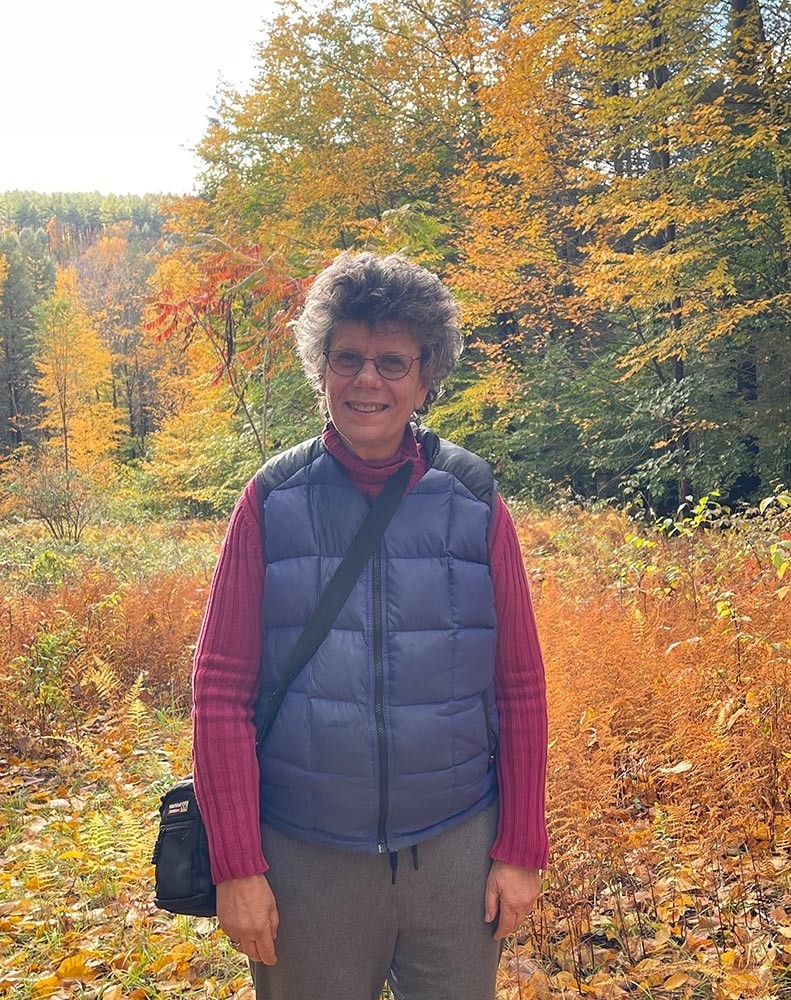
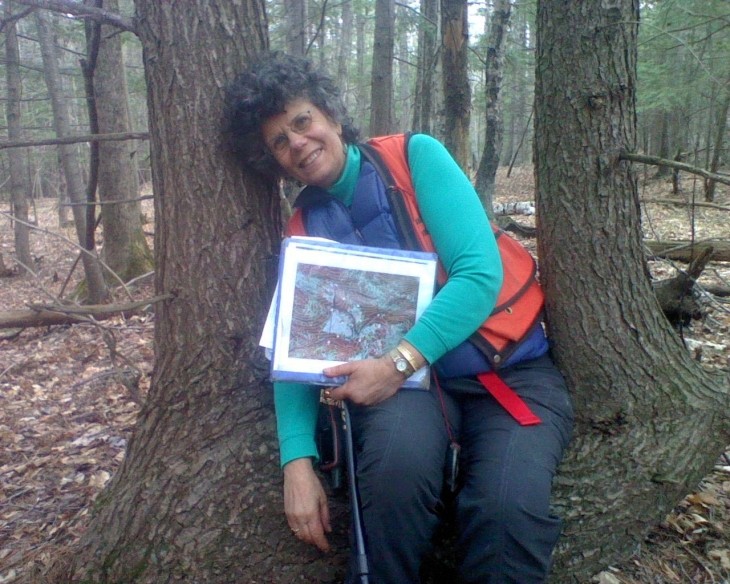
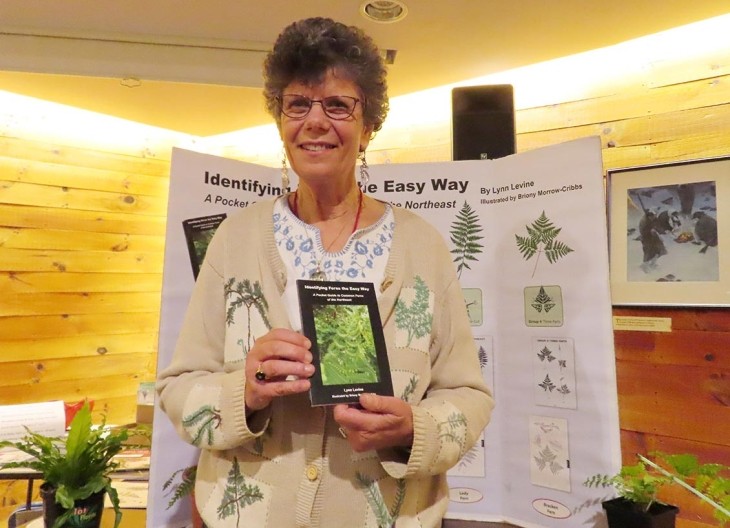
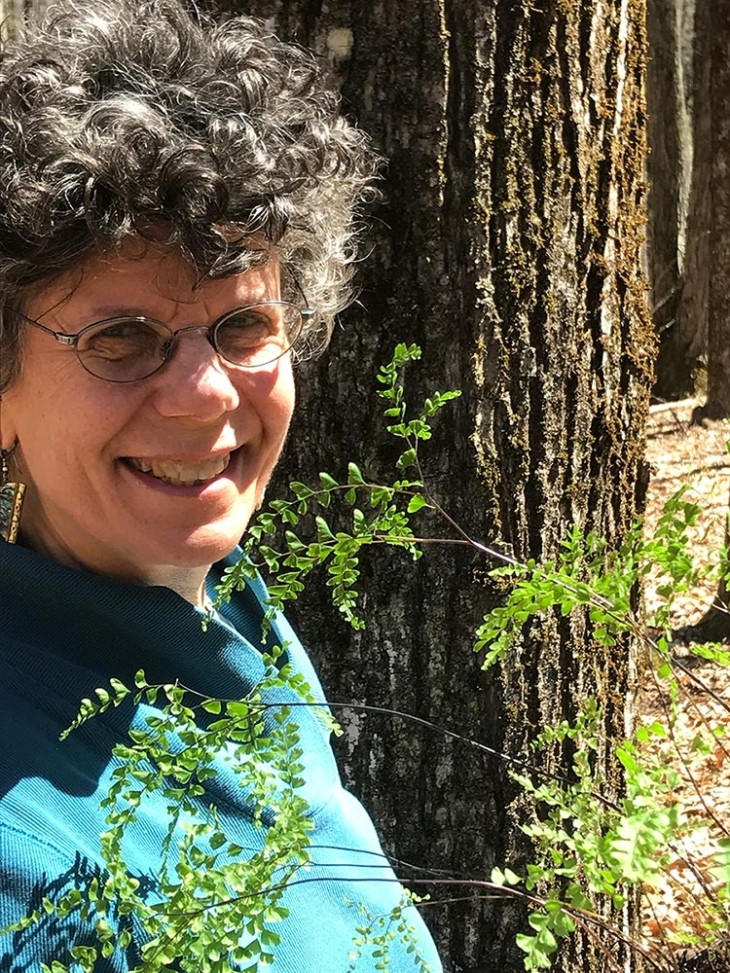
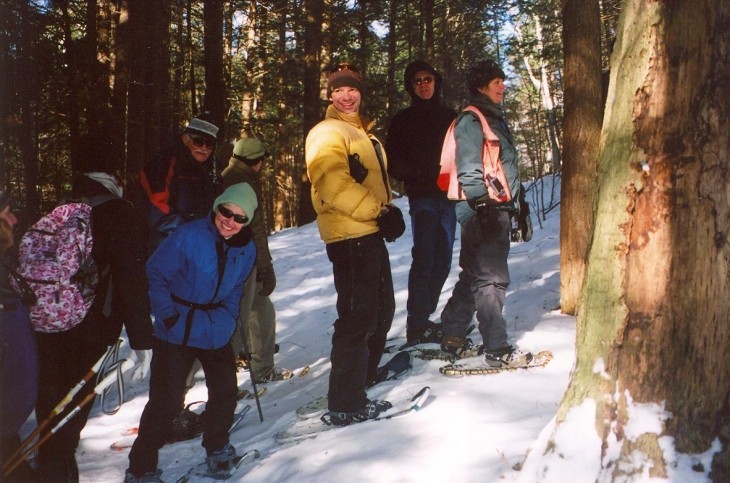
Discussion *